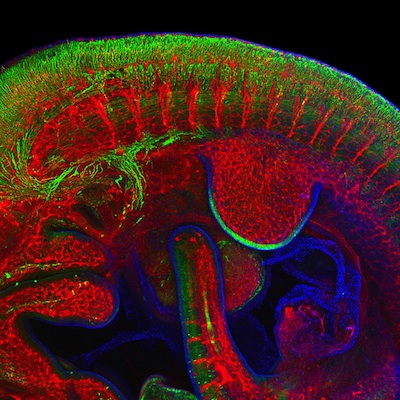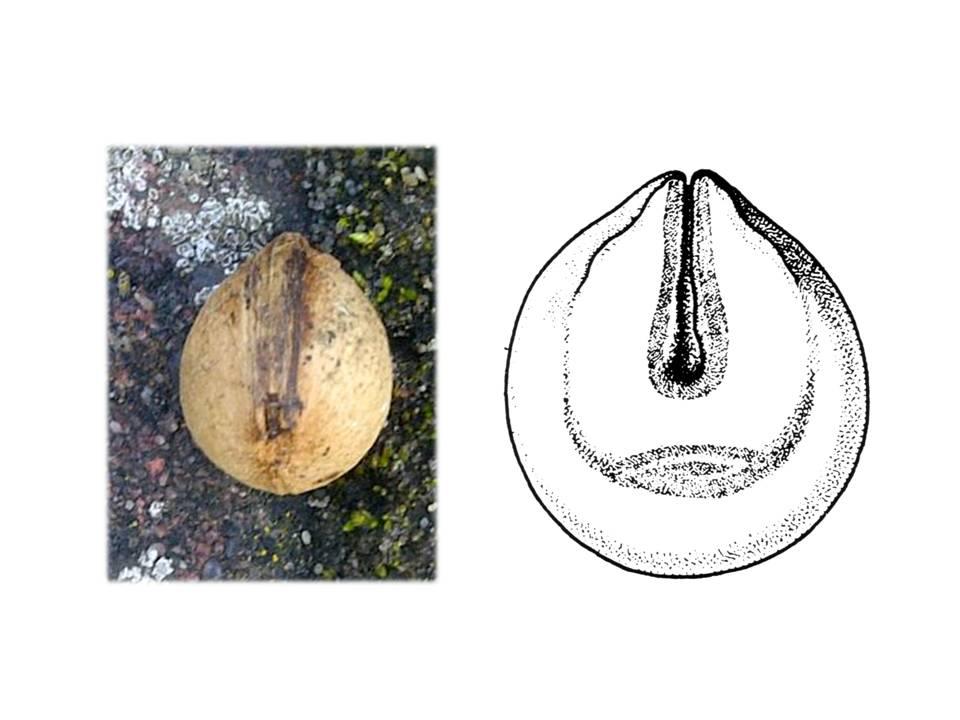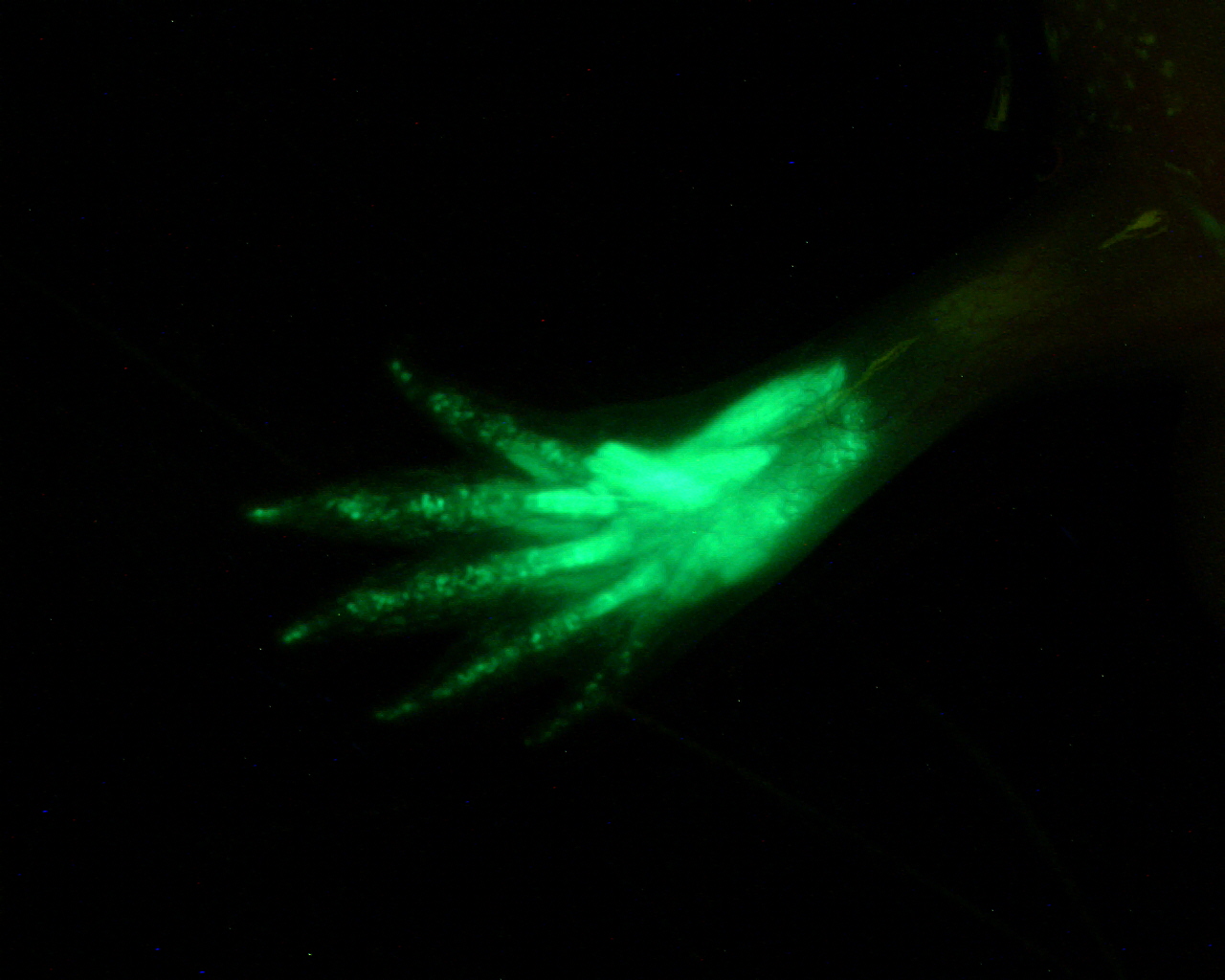Regenerative Medicine: From Biology to Therapy
30 October-1 November 2013
Few topics in contemporary medicine have attracted more attention than stem cells and their potential for enabling the discovery of new regenerative therapies. The aim of this new Wellcome Trust Scientific Conference is to understand the biology that underpins the success or failure of regeneration, and to clarify the relationship between stem cell biology and regenerative biology so that both can be fully exploited to treat disease.
This meeting is aimed at scientists involved in developmental and regenerative biology, stem cell research, translational medicine, or clinical trials.
Scientific programme committee
Peter Coffey, UCSB, USA/ University College London, UK
Charles ffrench-Constant, University of Edinburgh, UK
Robin Franklin, University of Cambridge, UK
Topics will include:
• Regeneration biology: lessons from phylogeny
• Regeneration and therapeutics: the spectrum of regenerative efficiency in mammalian tissues
• Non stem cell-based regenerative biology
• Therapeutic regeneration by (stem) cell transplantation
• Reprogramming and transdifferentiation
• ES/iPS cell technologies
We welcome abstracts from all areas relevant to regenerative biology and regenerative medicine. Several oral presentations will be chosen from the abstracts submitted.
For more information, see: https://registration.hinxton.wellcome.ac.uk/display_info.asp?id=369
 (1 votes)
(1 votes)
 Loading...
Loading...


 (No Ratings Yet)
(No Ratings Yet) (2 votes)
(2 votes)




 Jessica Whited works with a completely different animal model. She recently developed a
Jessica Whited works with a completely different animal model. She recently developed a